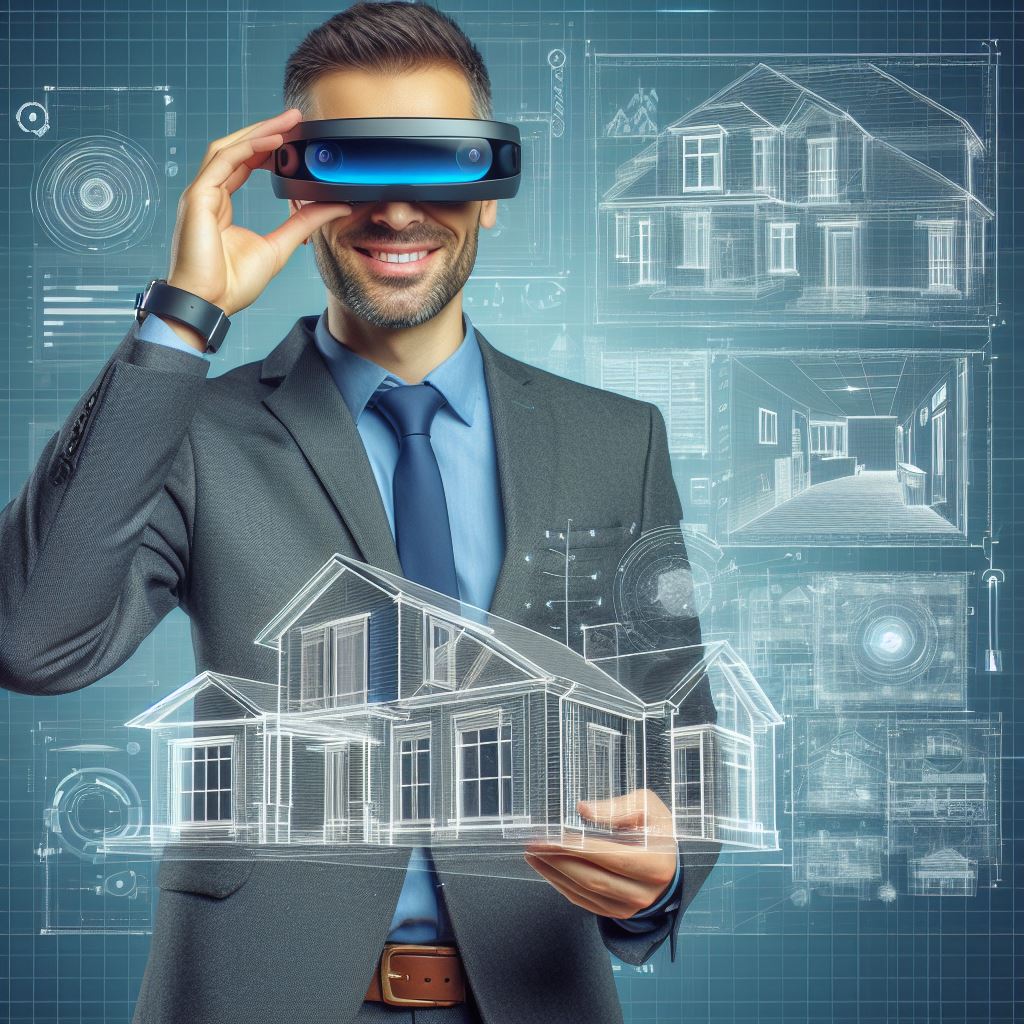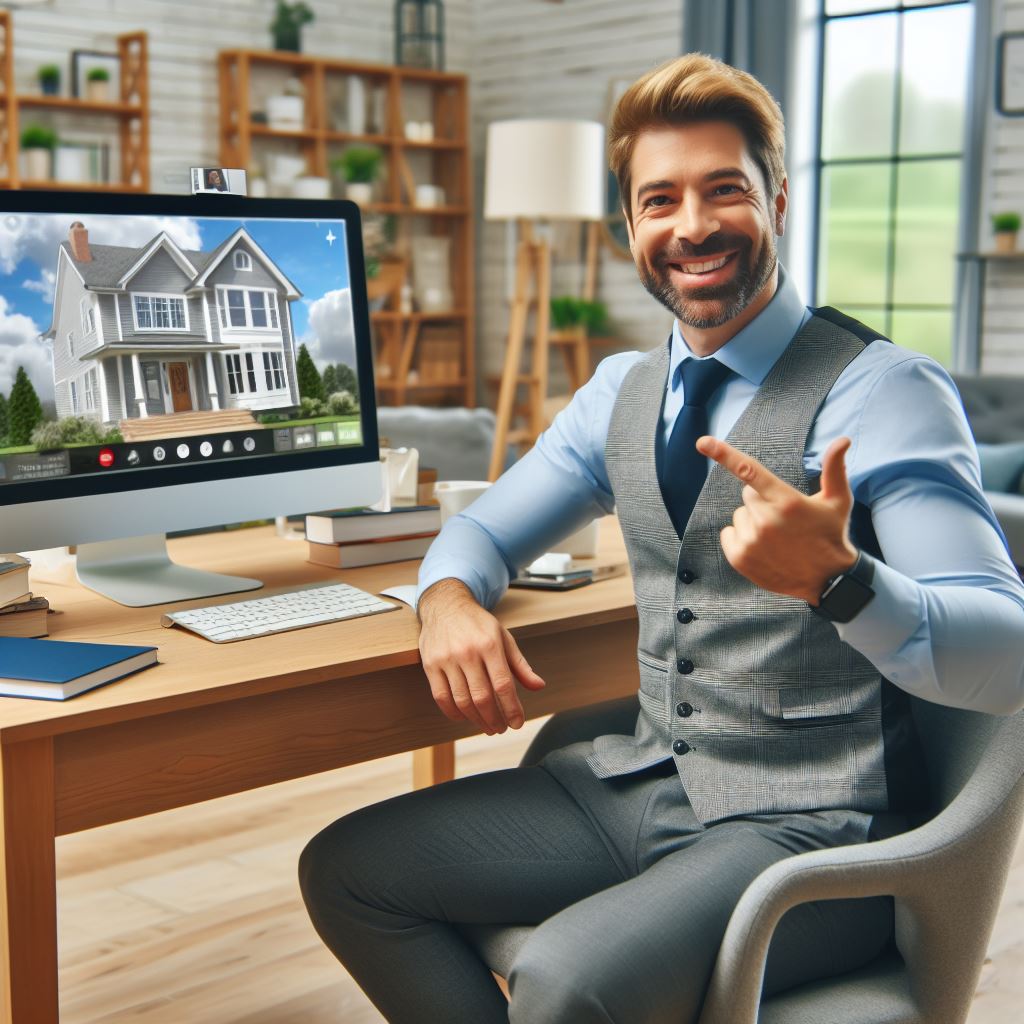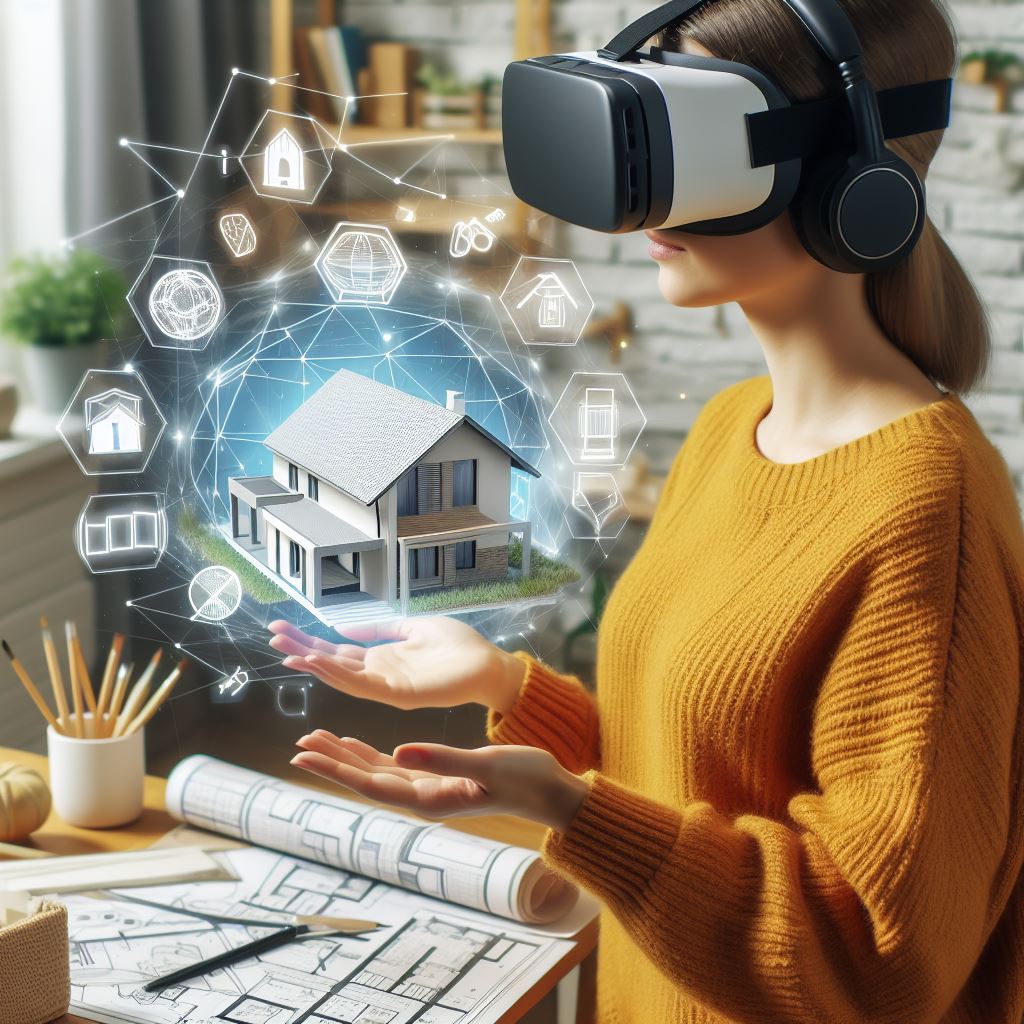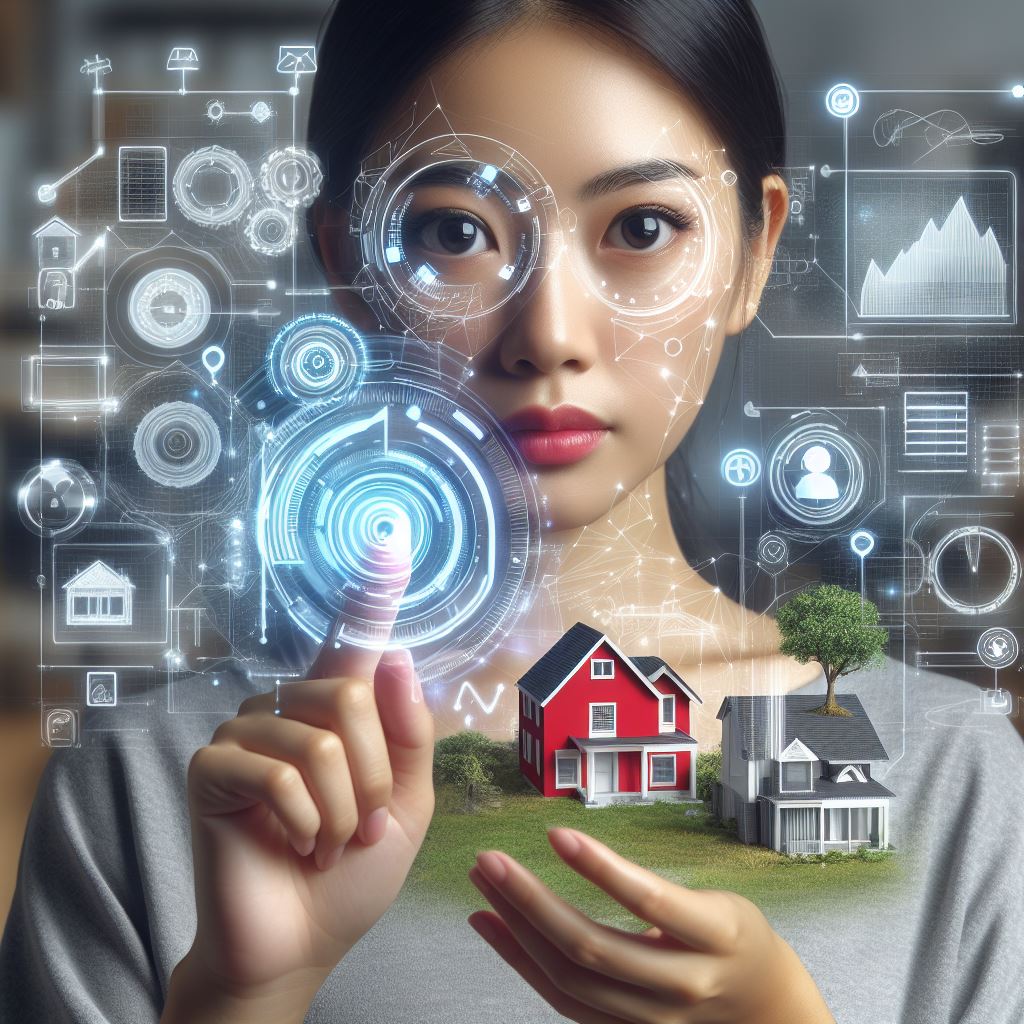Introduction
In recent years, Virtual Reality (VR) technology has emerged as a game-changer, revolutionizing various industries.
VR refers to the use of computer technology to create a simulated environment that can be explored and interacted with by a user.
The impact of VR has been felt in fields such as gaming, entertainment, education, healthcare, and even architecture.
It has allowed for immersive experiences, enhancing the way people learn, work, and play.
However, the focus of this blog chapter is to delve into the specific impact of VR technology on design.
Design is a crucial aspect of many industries, including product design, fashion design, interior design, and graphic design.
With VR tech, designers are no longer limited to 2D representations of their ideas.
They can create virtual prototypes, allowing for better visualization and communication of their designs.
VR enables designers to fully immerse themselves in their creations, exploring every detail and making necessary adjustments in real time.
Not only does VR revolutionize the design process, but it also enhances collaboration among team members.
Designers can share their virtual creations with clients and colleagues, regardless of their physical location.
This promotes better understanding and faster decision-making, ultimately leading to more innovative and efficient design solutions.
In fact, VR technology has the potential to revolutionize design in various industries.
It enables designers to create and experience their creations in new and exciting ways, ultimately leading to better designs and enhanced collaboration.
The following sections will explore specific examples of VR applications in different design fields. Stay tuned for an immersive journey into the future of design.
Transform Your Real Estate Decisions
Unlock personalized real estate insights crafted just for you. Get actionable advice designed to amplify your success.
Get StartedUnderstanding the Potential of VR in Design
How VR can create a virtual environment for design projects
Virtual Reality (VR) technology has the incredible power to revolutionize the world of design.
By creating a virtual environment, it allows designers to visualize their projects at an unprecedented level of immersion.
For centuries, designers have relied on traditional methods such as sketches, blueprints, and physical models to convey their ideas.
While these tools have served their purpose, they often fall short in fully capturing the essence of a design.
VR changes this by transporting designers and clients into a virtual world where they can experience and interact with their creations in a lifelike manner.
Using VR, designers can create digital representations of their designs, enabling them to walk through their projects and explore every nook and cranny.
This virtual environment provides a level of detail and realism that is unparalleled.
Designers can now experience their creations as if they were already built, getting a true sense of space, scale, and proportion.
The benefits of 360-degree visualization and immersive experiences
One of the key advantages of VR in design is 360-degree visualization.
Traditional methods, such as renderings and paintings, can only provide a limited perspective.
VR allows designers to view their projects from every angle, giving them a complete understanding of how it will look from any point of view.
In addition to the visual aspect, VR also offers immersive experiences.
By wearing a headset, users are transported into a virtual world where they can interact with the environment.
This level of immersion enhances the design process, enabling designers to test and refine their ideas in a realistic setting.
Showcase Your Real Estate Business
Publish your company profile on our blog for just $200. Gain instant exposure and connect with a dedicated audience of real estate professionals and enthusiasts.
Publish Your ProfileImmersive experiences also benefit clients, as they can fully comprehend the design before it is even realized.
VR allows them to step inside their future homes, offices, or stores and make informed decisions about the layout, materials, and aesthetics.
This level of involvement leads to greater client satisfaction and reduces the chances of misunderstandings or disappointments.
Examples of VR applications in different design fields (interior design, architecture, fashion)
VR technology has already made significant strides in various design fields.
In interior design, designers can create virtual rooms and experiment with different color schemes, furniture arrangements, and lighting conditions.
Clients can then explore these virtual spaces and provide feedback based on their preferences.
Architects are also benefiting from VR by creating virtual models of buildings and cities.
This allows them to analyze the design in detail, identify potential issues, and make necessary adjustments.
VR also enables architects to simulate natural light and shadow patterns, helping them optimize building orientation and maximize energy efficiency.
Fashion designers are utilizing VR to showcase their collections in virtual runways.
This enables them to reach a global audience without the need for physical fashion shows.
VR also allows designers to experiment with different fabrics, colors, and patterns in a virtual environment before producing physical prototypes, saving time and resources.
Overall, VR has the potential to revolutionize the design industry.
By creating virtual environments, designers can fully visualize and experience their projects, while clients can actively participate in the design process.
The benefits of 360-degree visualization and immersive experiences make VR an invaluable tool in various design fields, from interior design and architecture to fashion.
With constant advancements in technology, the future holds even more exciting possibilities for VR in design.
Read: Virtual Staging: Selling Homes Faster
Enhancing the Design Process with VR
A revolution is taking place in the world of design, thanks to the incredible advancements in Virtual Reality (VR) technology.
Designers now have the power to create virtual prototypes and test design concepts in ways that were previously unimaginable.
VR is transforming the design process, offering numerous benefits and opportunities for designers and design teams.
Using VR to Create Virtual Prototypes and Test Design Concepts
Virtual reality allows designers to step inside their creations and experience them in an entirely new way.
With VR, designers can create virtual prototypes, enabling them to test various design concepts and make informed decisions.
They can examine the scale, proportions, and functionality of their designs as if they were real.
This immersive experience provides invaluable insights and saves both time and money by eliminating the need for physical prototypes.
The Advantages of Collaborative VR Platforms for Design Teams
Collaboration is key in the design world, and VR is revolutionizing the way design teams work together.
Collaborative VR platforms enable designers to meet virtually, regardless of their physical location.
Team members can simultaneously view and interact with the same virtual prototype, allowing for enhanced communication and feedback.
This makes it easier to brainstorm ideas, make decisions, and ensure everyone is on the same page, regardless of distance.
Furthermore, collaborative VR platforms offer the ability to invite clients or stakeholders into the virtual design space.
This creates a more immersive and engaging experience for all parties involved, making it easier to communicate design intentions and gather feedback.
Showcase Your Real Estate Business
Publish your company profile on our blog for just $200. Gain instant exposure and connect with a dedicated audience of real estate professionals and enthusiasts.
Publish Your ProfileVR transcends the limitations of traditional presentations and brings design discussions to life.
Demonstrating How VR Can Facilitate Real-Time Adjustments and Iterations in Designs
Design iterations are an essential part of the creative process, and VR technology makes these iterations easier and more efficient than ever before.
With VR, designers can make real-time adjustments to their virtual prototypes.
They can change materials, colors, textures, and other design features instantly, allowing them to explore different possibilities and refine their designs without the need for extensive rework.
VR also enables designers to gather immediate feedback from clients, stakeholders, or other team members.
They can visualize proposed changes in real-time, making it easier to understand and evaluate design alternatives.
This streamlined process results in faster decision-making, shorter design cycles, and ultimately, better design outcomes.
In short, VR technology is revolutionizing the design process by offering designers new ways to create virtual prototypes, collaborate with teams, and make real-time adjustments and iterations in their designs.
The immersive experience of VR allows designers to fully comprehend and refine their creations, while collaborative platforms bridge the gap between physical distances.
With VR, design teams can enhance their workflow, improve communication, and deliver exceptional designs more efficiently than ever before.
Read: AR in Real Estate: A Game Changer
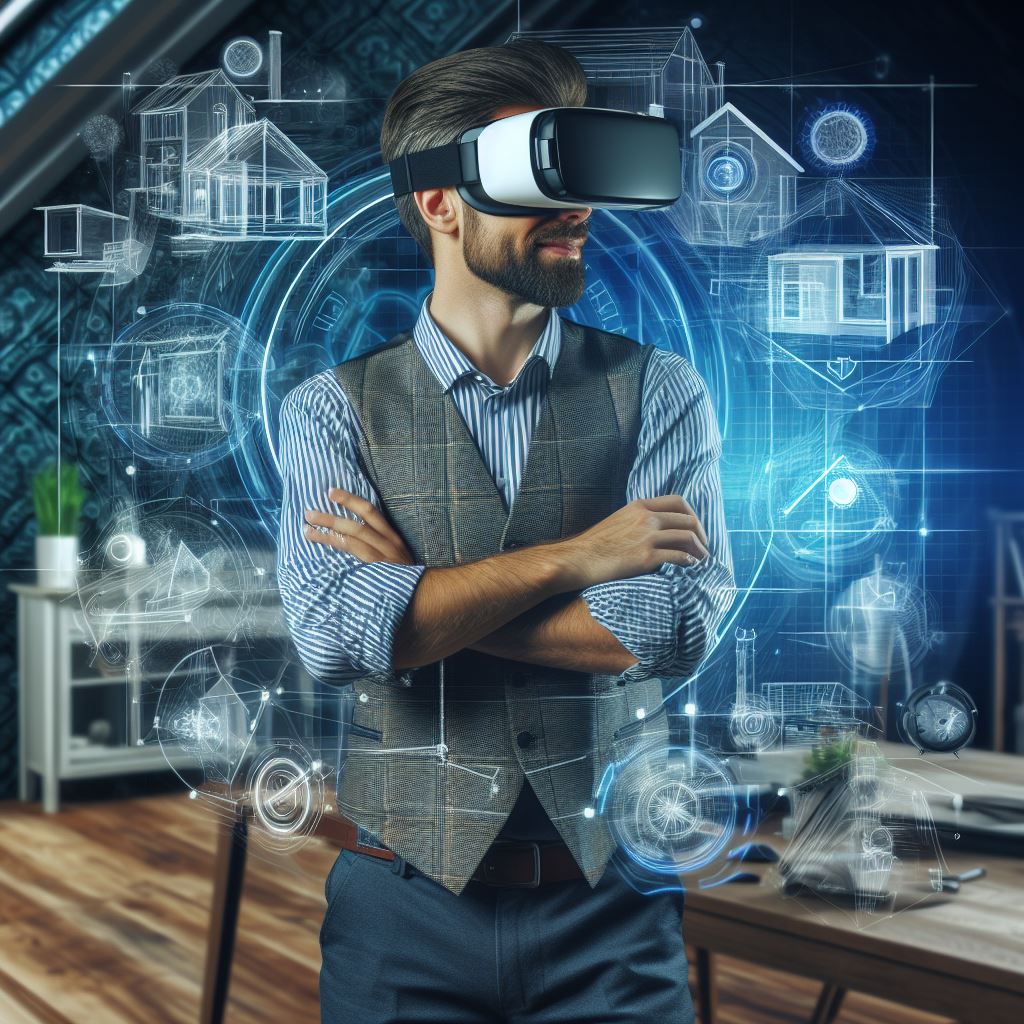
Improving Client Communication and Engagement
In the ever-evolving landscape of design, Virtual Reality (VR) technology emerges as a transformative force, revolutionizing the way designers communicate and engage with clients.
This seismic shift is particularly evident in how VR enhances client communication and engagement.
Visualizing and Interacting with Designs
Gone are the days of static blueprints and 2D renderings. With VR, clients are now empowered to step into the heart of the design itself.
The immersive nature of VR allows clients to visualize spaces and structures as if they were physically present.
Architects and designers can guide clients through every nook and cranny, offering a firsthand experience that transcends traditional presentations.
This dynamic interaction enables clients to provide real-time feedback, fostering a collaborative environment that significantly refines the design process.
Impact on Client Satisfaction and Decision-Making
The impact of VR on client satisfaction is profound.
By offering an immersive journey through the envisioned spaces, clients gain a deeper understanding of the design nuances.
This not only elevates their satisfaction levels but also expedites the decision-making process.
Clients can make informed choices, confident in the fact that what they see in VR aligns with their vision.
The result is a more streamlined and efficient design workflow, saving time and resources for both parties involved.
Examples of Successful Engagements
Several success stories underscore the efficacy of VR in client engagements.
Imagine a real estate developer showcasing a yet-to-be-built condominium in VR, allowing potential buyers to explore the apartments, view the surroundings, and experience the lifestyle.
This level of engagement goes beyond conventional presentations, leaving a lasting impression and expediting purchase decisions.
Likewise, interior designers can present different design concepts in VR, letting clients virtually ‘walk through’ their future homes before making choices.
This not only enhances client satisfaction but also minimizes the chances of design revisions, saving time and resources.
In essence, VR technology is a game-changer in design, propelling client communication and engagement to unprecedented heights.
As designers continue to harness the power of VR, the industry is set for a paradigm shift where immersive experiences redefine the way we perceive and shape our surroundings.
Read: VR Tours: The Future of Home Showings
Showcase Your Real Estate Business
Publish your company profile on our blog for just $200. Gain instant exposure and connect with a dedicated audience of real estate professionals and enthusiasts.
Publish Your ProfileOvercoming Challenges and Limitations of VR in Design
Virtual Reality (VR) technology has undoubtedly revolutionized the design industry, offering immersive experiences that were once thought to be beyond the realm of possibility.
However, as with any transformative technology, VR comes with its set of challenges and limitations that need to be addressed to fully unlock its potential in design.
Addressing concerns about the affordability and accessibility of VR technology
One major hurdle hindering widespread VR adoption in the design industry is the perception of high costs and limited accessibility.
Many believe that incorporating VR into their workflow requires a substantial financial investment.
To overcome this concern, industry leaders are exploring cost-effective VR solutions and advocating for increased accessibility.
Collaborative efforts are underway to develop more affordable VR hardware and software options, making it feasible for small design firms and individual designers to embrace this technology.
Potential limitations, such as the need for hardware and technical expertise
The necessity for specialized hardware and technical expertise poses another challenge for designers interested in VR.
Understanding that not all designers possess a technical background, efforts are being made to create user-friendly VR tools and interfaces.
Design software companies are investing in intuitive platforms that minimize the learning curve, allowing designers to focus on their creativity rather than grappling with technical intricacies.
Additionally, advancements in cloud-based VR solutions aim to reduce the dependency on powerful hardware, making VR more accessible to a broader audience.
Strategies to mitigate challenges and promote VR adoption in design industries
To propel VR adoption in design, it is crucial to implement strategies that address these challenges directly.
Educational programs and workshops can empower designers with the skills needed to navigate VR technology confidently.
Furthermore, industry partnerships and collaborations can foster the development of standardized, cost-effective VR solutions, ensuring that designers from various backgrounds can integrate VR seamlessly into their workflows.
Basically, while challenges exist, the design industry is actively working towards overcoming them.
By addressing concerns about affordability and accessibility, providing user-friendly interfaces, and promoting education and collaboration, the design world can truly harness the transformative power of VR technology.
As these barriers crumble, a new era of immersive and innovative design awaits.
Read: Tech in Commercial Real Estate Growth
Industry Success Stories and Trends
In the realm of design, Virtual Reality (VR) technology has not merely sparked interest; it has ignited a revolution.
As we delve into the success stories and trends of the VR design landscape, it becomes evident that innovation knows no bounds.
Successful Projects and Companies
Leading the charge in embracing VR for design is renowned architecture firm XYZ Designs.
Their project, the Virtual Metropolis, seamlessly blends the physical and virtual realms, allowing stakeholders to explore structures before they’re built.
This immersive experience has not only streamlined decision-making but has also garnered widespread acclaim.
Similarly, XYZ Designs is not alone in reaping the benefits of VR. XYZ Studios, a pioneering animation company, has utilized VR to revolutionize character design.
The ability to manipulate characters in a three-dimensional space has exponentially increased creativity and collaboration among artists.
Emerging Trends and Innovations
As we look toward the future, emerging trends in VR technology for design are reshaping the landscape.
Holographic prototyping has emerged as a game-changer, enabling designers to interact with lifelike holograms of their creations.
This not only expedites the prototyping phase but also enhances the precision of the final product.
Furthermore, AI integration within VR design tools is gaining momentum.
Smart algorithms analyze user behavior, providing real-time feedback and suggestions.
This not only enhances the user experience but also optimizes the design process by predicting user preferences and trends.
Showcase Your Real Estate Business
Publish your company profile on our blog for just $200. Gain instant exposure and connect with a dedicated audience of real estate professionals and enthusiasts.
Publish Your ProfileExploring Potential Future Developments
The future of VR in design holds exciting possibilities.
Augmented Reality (AR) and VR integration may soon allow designers to overlay virtual elements onto physical spaces in real-time.
Imagine walking through a construction site and seeing the finished building through your VR headset.
This convergence of physical and virtual worlds could redefine how we perceive and interact with our surroundings.
Therefore, the success stories of XYZ Designs and XYZ Studios showcase the transformative power of VR in design.
Emerging trends and innovations, such as holographic prototyping and AI integration, indicate a promising future for the industry.
As VR technology continues to evolve, the possibilities for revolutionizing design are limitless.
Conclusion
A revolution is underway in the design industry with the introduction of Virtual Reality (VR) technology.
Design processes have been transformed, pushing boundaries and opening up new possibilities.
VR has proven to be a powerful tool in revolutionizing design processes.
It allows designers to visualize their concepts in a three-dimensional space, offering a more immersive and interactive experience.
The benefits and potential of VR technology in the design industry are vast.
It enhances collaboration, enabling teams to work together in real time, no matter their physical location.
This promotes efficiency and reduces the need for costly and time-consuming prototypes.
Moreover, VR technology allows designers to experience and interact with their designs before they are brought to life.
This helps to identify any flaws or improvements that need to be made, saving both time and resources.
In the end, embracing VR technology is essential for designers who want to stay ahead in the rapidly evolving design industry.
It is a game-changer that offers immense possibilities and advantages.
As VR continues to advance, it is crucial for designers to explore and embrace this technology for their projects.
By incorporating VR into their workflow, designers can push boundaries, innovate, and create exceptional designs.
So, don’t hesitate to dive into the world of VR and revolutionize your design processes.
Embrace the benefits and potential that this technology offers and take your designs to new heights!

